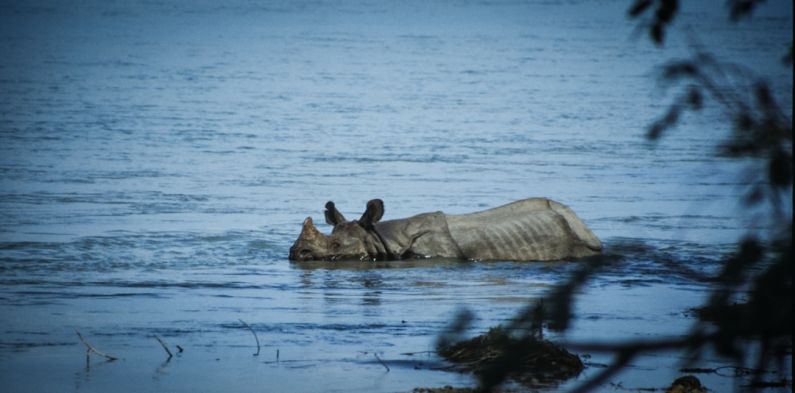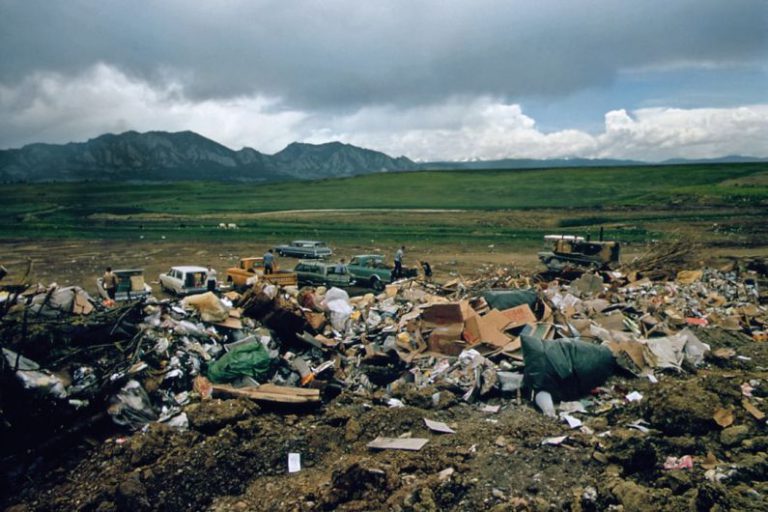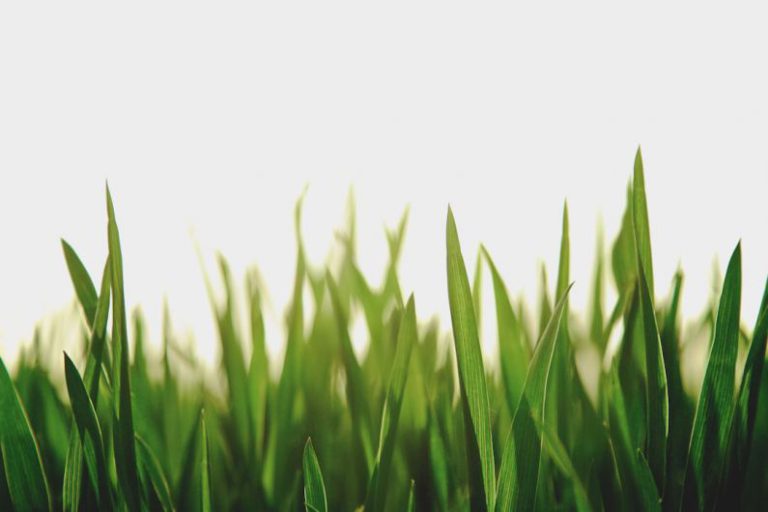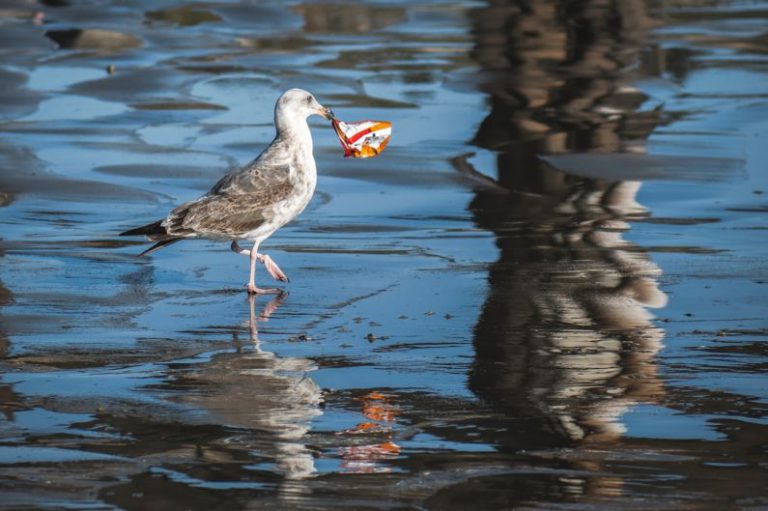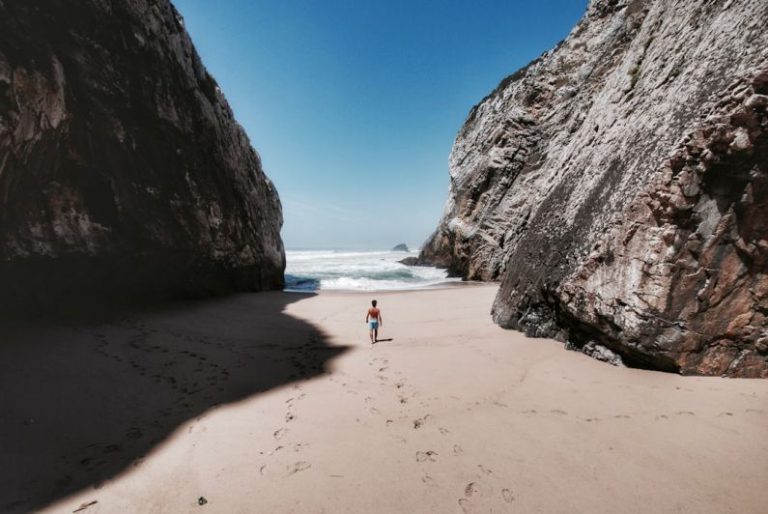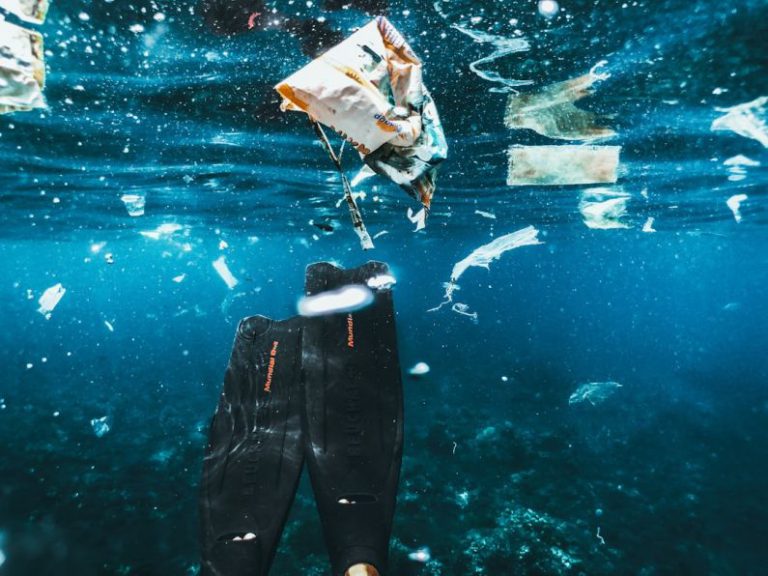Preserving Biodiversity by Reducing Rubber Plantation Expansions
The lush greenery of our forests is home to a myriad of plant and animal species, each playing a vital role in maintaining the delicate balance of our ecosystem. However, the rapid expansion of rubber plantations poses a significant threat to biodiversity, leading to habitat destruction and loss of species. In recent years, there has been a growing awareness of the need to address this issue and find sustainable solutions to preserve biodiversity. By reducing the expansion of rubber plantations and promoting more eco-friendly practices, we can take a step towards protecting our natural environment for future generations.
The Impact of Rubber Plantation Expansion on Biodiversity
Rubber plantations have been expanding at an alarming rate, particularly in tropical regions where the climate is conducive to rubber tree cultivation. This expansion has led to deforestation on a large scale, resulting in the destruction of natural habitats and fragmentation of forest ecosystems. As a consequence, many plant and animal species are losing their homes and are facing the risk of extinction.
Furthermore, the monoculture nature of rubber plantations poses a threat to biodiversity by reducing the variety of plant species in an area. This lack of diversity can have cascading effects on the ecosystem, impacting everything from soil health to the availability of food sources for wildlife. In addition, the use of agrochemicals in rubber plantations can further exacerbate the problem by contaminating soil and water sources, leading to the decline of biodiversity in surrounding areas.
Promoting Sustainable Practices in Rubber Plantations
To address the negative impact of rubber plantation expansions on biodiversity, it is essential to promote sustainable practices within the rubber industry. One approach is to encourage the adoption of agroforestry systems, where rubber trees are intercropped with a variety of other plant species. This not only increases biodiversity within the plantation but also provides additional sources of income for farmers.
Another important step is to implement better land use planning to prevent the expansion of rubber plantations into ecologically sensitive areas such as primary forests or protected areas. By identifying suitable lands for rubber cultivation and setting aside areas for conservation, we can minimize the impact on biodiversity while still meeting the demand for rubber products.
In addition, investing in research and development of more sustainable rubber cultivation techniques can help reduce the environmental footprint of rubber plantations. This includes exploring alternative methods of pest control, reducing water usage, and improving waste management practices. By promoting innovation in the rubber industry, we can move towards a more sustainable future that protects both biodiversity and livelihoods.
Collaboration for Conservation
Preserving biodiversity is a collective effort that requires collaboration between governments, industries, and local communities. By working together towards a common goal, we can ensure the long-term sustainability of our natural ecosystems. Governments can play a crucial role in establishing policies and regulations that promote sustainable land use practices and protect biodiversity. Industries, on the other hand, can invest in sustainable sourcing practices and support initiatives that benefit both the environment and local communities.
Local communities also have a vital role to play in biodiversity conservation by participating in conservation projects, sustainable farming practices, and eco-tourism initiatives. By engaging with the local community and raising awareness about the importance of biodiversity, we can foster a sense of stewardship towards the environment and work together towards its preservation.
Preserving biodiversity is not just a matter of protecting individual species; it is about safeguarding the intricate web of life that sustains our planet. By reducing rubber plantation expansions and promoting sustainable practices, we can take a significant step towards ensuring a biodiverse and resilient ecosystem for future generations to enjoy. Together, we can make a difference and preserve the natural beauty and richness of our world for years to come.
